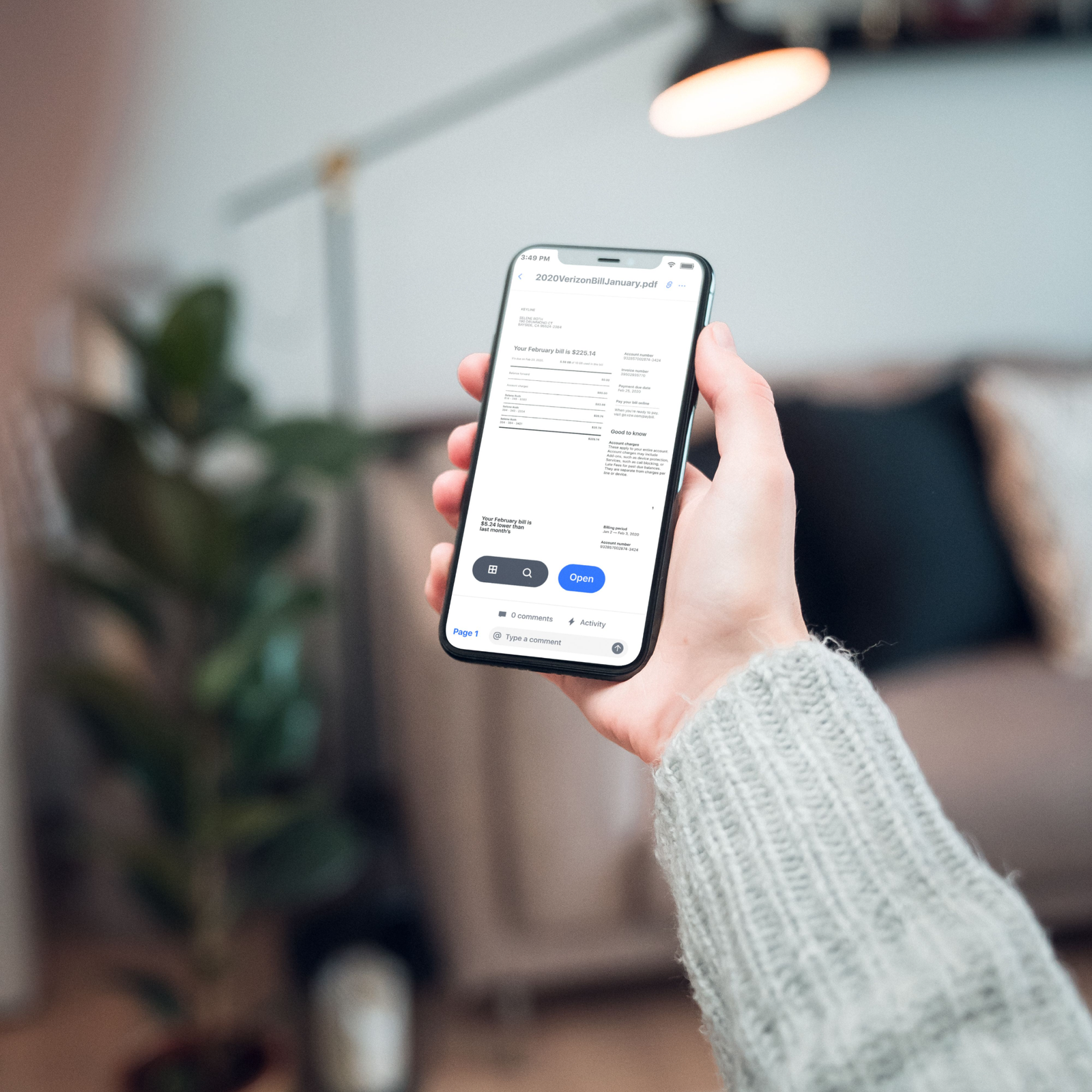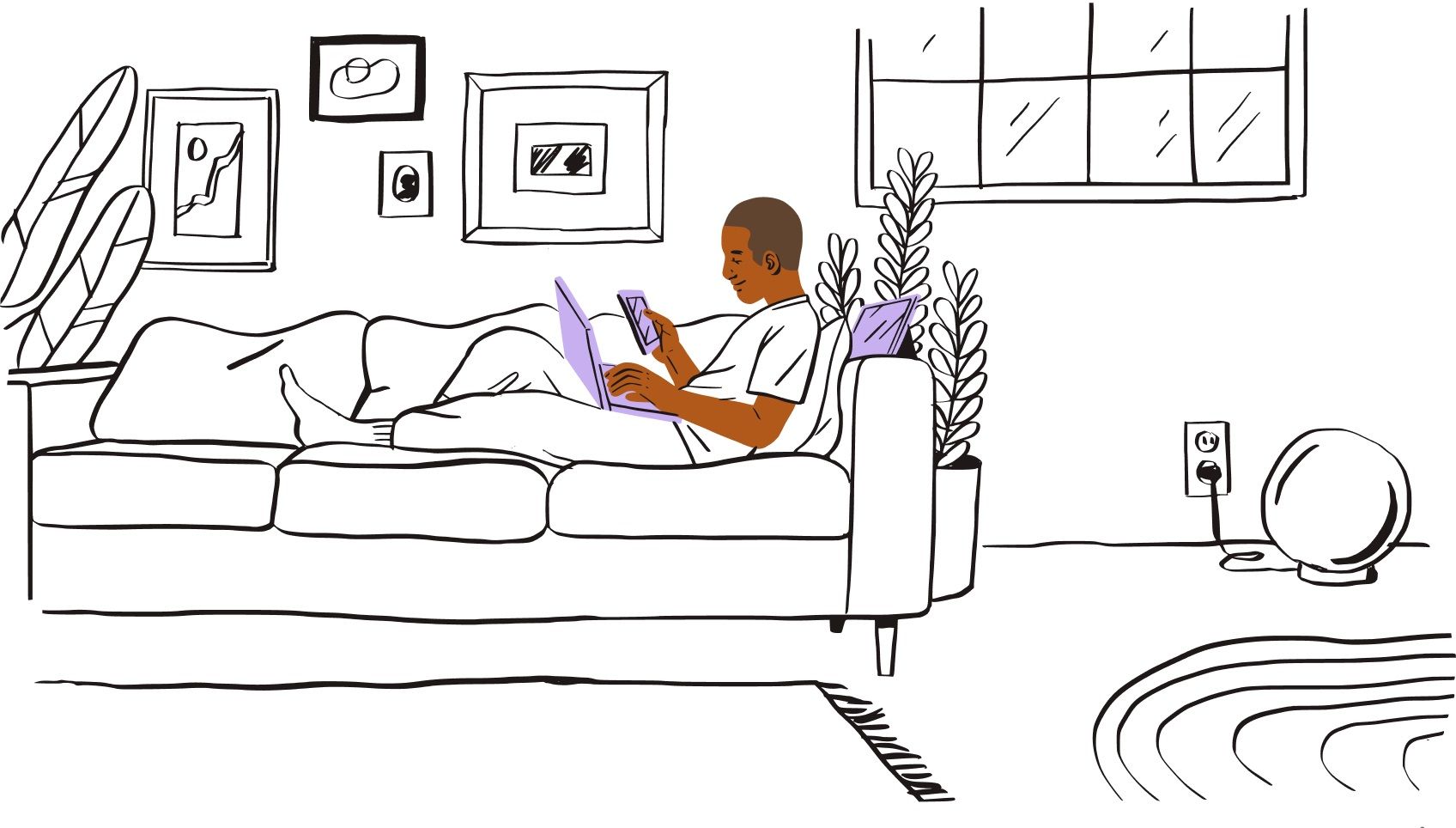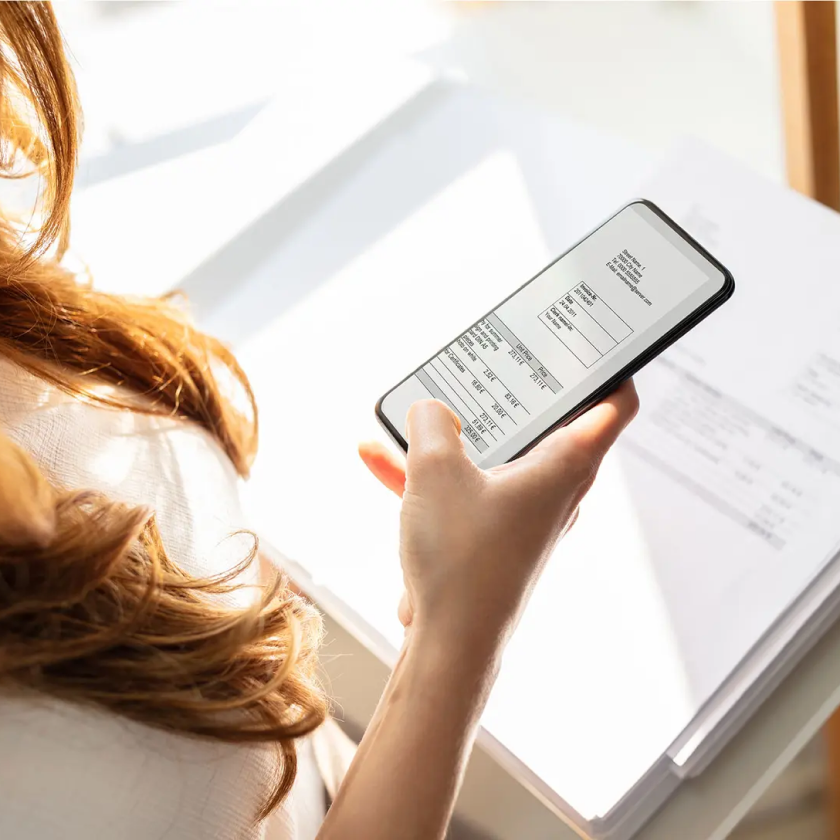It’s hard to imagine life without your mobile phone.
From taking and storing photos, accessing emails and files on the go to almost anything else the internet makes possible—we rely on our phones for pretty much everything these days.
So when your iPhone suddenly stops working or goes missing, it can leave you feeling helpless. Once you have the new device, setting it up can be annoying. You also need to transfer your contacts, files and data.
That’s why backing up your iPhone is a great idea, not only to preserve your files and data but to make switching to a new device as painless as possible.
In this guide for Apple and macOS users, we’ll explore the various methods for backing up your iPhone on a Mac.
Why should you back up your iPhone?
iPhone users should keep their files safe. They can do this by simply backing up their files.
Backing up and restoring your iPhone with a Mac can actually be a straightforward process. And even if you can’t foresee yourself needing it, having backed-up files at hand is a vital bit of insurance in case disaster strikes.
You might need a copy of your iPhone data if:
- Your phone is broken, lost or stolen
- You're upgrading to a new iPhone and need to transfer your data
There are also some cases where data goes missing after upgrading to a newer iOS. Regularly backing up your iPhone on your Mac ensures that you’re always prepared to recover your personal data easily, if unexpected issues arise.
How to back up your iPhone on a Mac
First, you need to choose where you want to save your iPhone backup. You can either store it on a computer, like your desktop Mac or MacBook laptop, or on the cloud. iPhone backups tend to be pretty large files, so while we will explain here how to back up to your Mac or MacBook, if you want to be economical with your storage it would be best to keep it on the cloud where it won’t use up disk space.
Back up your iPhone with iCloud storage
To back up your iPhone content to Apple’s iCloud, first make sure your Mac, MacBook or MacBook Air device is connected to a Wi-Fi network. Then follow these steps
- Go to Settings, tap on your name and then tap iCloud.
- Tap Backup and toggle iCloud Backup into the on position. This allows iCloud to back up certain data automatically when your phone is charging, locked and connected to Wi-Fi.
- On the same Backup page, tap Back Up Now. You’ll need to stay connected to Wi-Fi while the backup takes place. Beneath the Back Up Now button, you can see the date and time of your last backup.
Remember that when you back up your iPhone using iCloud, some files and settings won’t be included.
Data that won’t be in the backup includes:
- Data already in iCloud, like Calendars, Contacts, Notes and iMessages
- Apple Mail data
- Apple Pay settings
- Touch ID and Face ID settings
- App Store content
- iCloud Music Library content
- Any music you haven’t purchased or downloaded from iTunes or Apple Music
Back up your iPhone on a Mac
You can keep your backups on your Mac desktop computer or your MacBook laptop.
If you have a Mac with macOS 10.15 (Catalina) or later, you can use Finder to back up your iPhone:
- Connect your iPhone to your Mac or MacBook using a USB cable.
- In the Finder sidebar on your Mac or MacBook device, select your iPhone.
- At the top of the Finder window, click General.
- Press Back up all of the data on your iPhone to this Mac.
- If you want to protect your backup data and add password protection, choose Encrypt local backup.
- Press Back Up Now.
If you have an older version of macOS, up to version 10.14 (Mojave) or earlier, use iTunes to back up your iPhone:
- Connect your iPhone to your Mac or MacBook using a USB cable.
- Open iTunes or install it if you haven’t yet done so.
- In iTunes, click the small iPhone Device icon.
- Under Backups, select This computer.
- Press Back Up Now.
- Your iPhone will now save your information to your Mac or MacBook.
Never change the files in the backup folder. You can save this folder to Dropbox, which we’ll explain below. Don’t change the file or folder names or add or remove files from the backup. This could lead to issues when the time comes to restore your phone.
Store your iPhone backup on the cloud with Dropbox
Relying on iCloud has its limitations. iCloud can be frustrating for those who don’t use Apple devices exclusively and it can be confusing to decipher what files are being stored where, when you use iCloud’s services and have files stored locally on your phone.
To make sure all your important files are safe and easy to find, the best way is to use Dropbox as your main storage for all of your devices. We’ll discuss that further below but, for now, let’s look at how to store an iPhone backup on Dropbox.
To upload a backup file to Dropbox, first back up your data to your computer by following the iTunes backup process mentioned earlier. Once you have your backup saved on your computer, complete the following steps:
- Open Finder and, from the top menu bar, select Go.
- With the Go drop-down menu open, hold down the Option key and you’ll notice a Library folder appear in the menu.
- Open the Library folder and then click through the following folders:
- Application Support
- MobileSync
- Backup
- Once you’re in the Backup folder, make sure it’s arranged in chronological order so that your most recent backup will be the first file on the list.
- Open your Dropbox files either on your browser or via the Desktop client.
- Drag the most recent backup folder into your Dropbox window and wait for it to upload.
Once these steps are complete, a copy of your backup will be stored on your Dropbox cloud storage. You can now access and restore it anywhere—and from any device—in the future.
Choose a plan to back up your iPhone and all your other data, with Dropbox.

Where are local iPhone backups stored on a Mac?
Backups will be kept in a central folder on your Mac or MacBook.
To find a list of your backups, follow these steps to locate the folder:
- Click the magnifier in the menu bar (usually in the top-right corner, next to the date and time).
- Type or copy and paste the following: ~/Library/Application Support/MobileSync/Backup/
- Select the Backup folder, which is found under Folders.
If you need to find a specific backup and have macOS 10.15 (Catalina) or later, you can do so with the following steps:
- Open the Finder.
- Locate and click on your iPhone to select it.
- Under the General tab, click Manage Backups to see a list of your backups.
- Right click on the backup that you were looking for, then select Show in Finder to view it.
- You can also select Delete or Archive if you no longer need the file and want to remove it from the directory.
- When you’re finished, press OK.
How do you know if your iPhone is backed up?
If you made your backup with iCloud:
- To view your iCloud backups, go to Settings > [your name] > iCloud > Manage Account Storage > Backups.
- To delete a backup, select a backup from the list, then click Delete & Turn Off Backup.
If you saved your backup on your computer, simply navigate to the folder. The previous section of this guide explains how.

How to restore an iPhone backup on a Mac
Restoring an iPhone backup depends on a few things, such as:
- How you created the backup
- Your version of the macOS operating system (if you created a local Mac backup)
Depending on the method you used for creating the backup, follow the instructions in the corresponding section below.
Restore an iCloud backup
To restore your iPhone from an iCloud backup, follow these steps:
- Turn on your iPhone and follow the setup process until you reach the Apps & Data section.
- Tap Restore from iCloud Backup.
- You will be asked to log in to your iCloud account using your Apple ID. After doing so, follow these steps:
- Select the backup you wish to restore, which is usually the most recent
- You might need to sign in with your Apple ID again to get back your apps and purchases
- Now, wait for the iPhone to restore your backup
Restore a local Mac backup with iTunes or Finder
If you’re restoring from a backup on your Mac or MacBook, you’ll need to make sure your phone is hooked up to your computer and then follow the steps below for your version of macOS.
If you are using macOS 10.15 (Catalina) or later, use Finder to restore your local backup:
- Open the Finder.
- Locate and click on your iPhone to select it.
- Click Trust.
- Click Restore from this backup.
- Keep your device connected while the restoration completes.
- Your iPhone will restart automatically once it’s done, keep it plugged in while it syncs with your Mac after restarting.
If you are using macOS 10.14 (Mojave) or earlier, use iTunes to restore your local backup:
- Open iTunes and tap the iPhone icon to open your device settings.
- Select Restore Backup.
- Locate and select the correct backup file.
- Click Restore.
- Keep your device connected while the restoration completes.
- Your iPhone will automatically restart when it’s done—keep it plugged in while it syncs with your Mac after restarting.

Restore a cloud backup from Dropbox
To restore a backup file from Dropbox, first download it to your Mac or MacBook. The file needs to be put back in the Backup folder where you first took it from. However, this folder only exists when there are backups saved on your computer, so you might need to create a new iPhone backup file first so iTunes can create the correct folder.
Download your backup file from Dropbox and place it in the Backup folder. Then, follow the same steps you would to restore a backup from iTunes.
Storing files on your computer poses its own threats. If anything happens to that computer and the files are lost, you won’t be able to recover them. Cloud storage doesn’t have that risk—everything lives online where it’s encrypted and safe.
When you store your files on Dropbox, you don't have to worry about losing them or getting confused about what's been backed up. All your important files will always be where they should be.
As mentioned, iPhone backups don’t copy everything. If you upload files to Dropbox yourself, you decide where they go. This includes music you've downloaded that wouldn't be included in iPhone backups.
Make the most of the cloud
While keeping your iPhone backed up is always a good idea, an even more reliable way to protect your content would be to simply store all of it on the cloud. That way, if your iPhone ever has any issues or you replace it, your files will always be safe and sound without needing to restore your content.
With Dropbox, you can access any files stored in your account from any connected device—including your iPhone, your MacBook or a desktop computer.
Sign up for a Dropbox account to start backing up your backups today.


